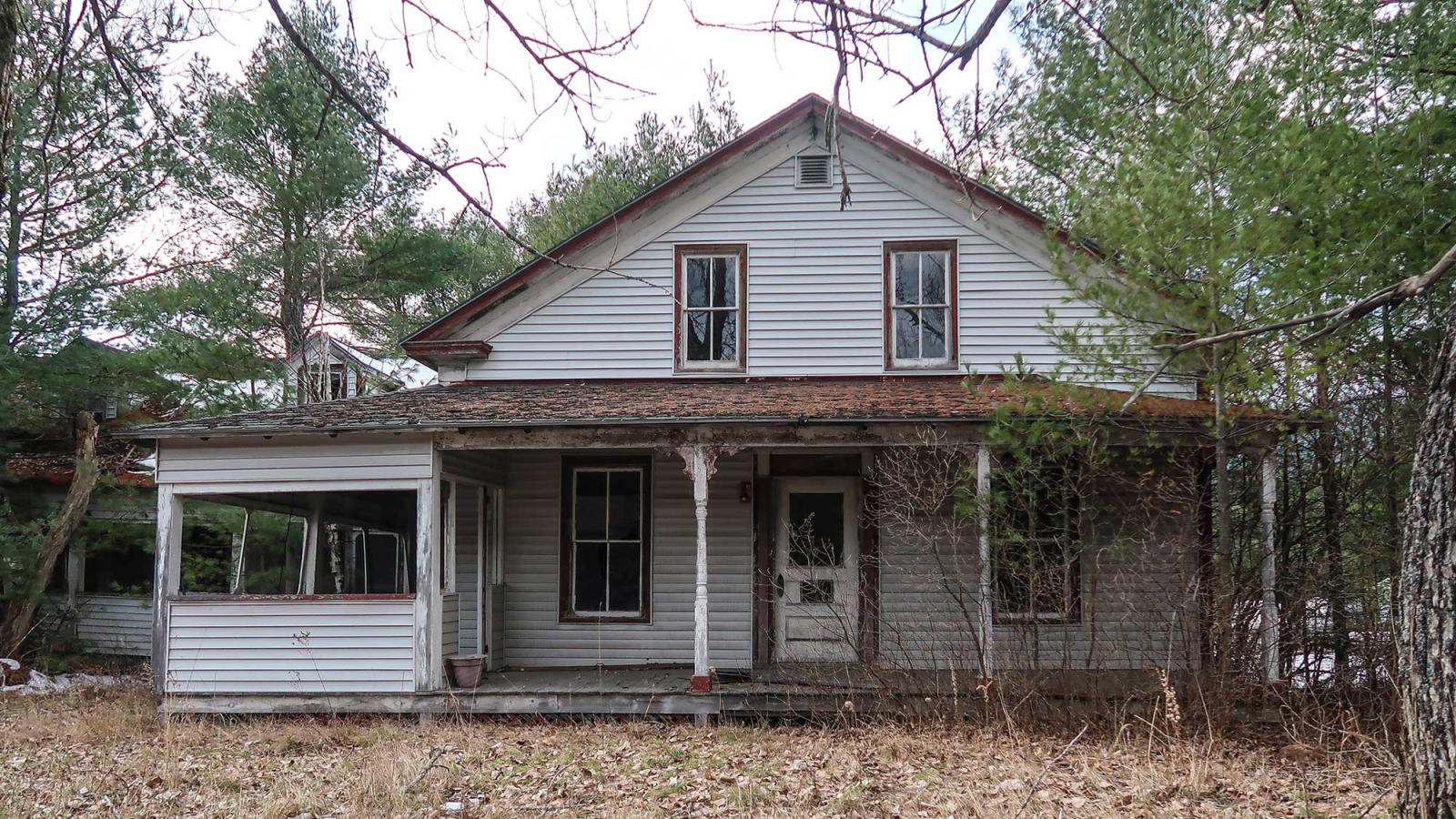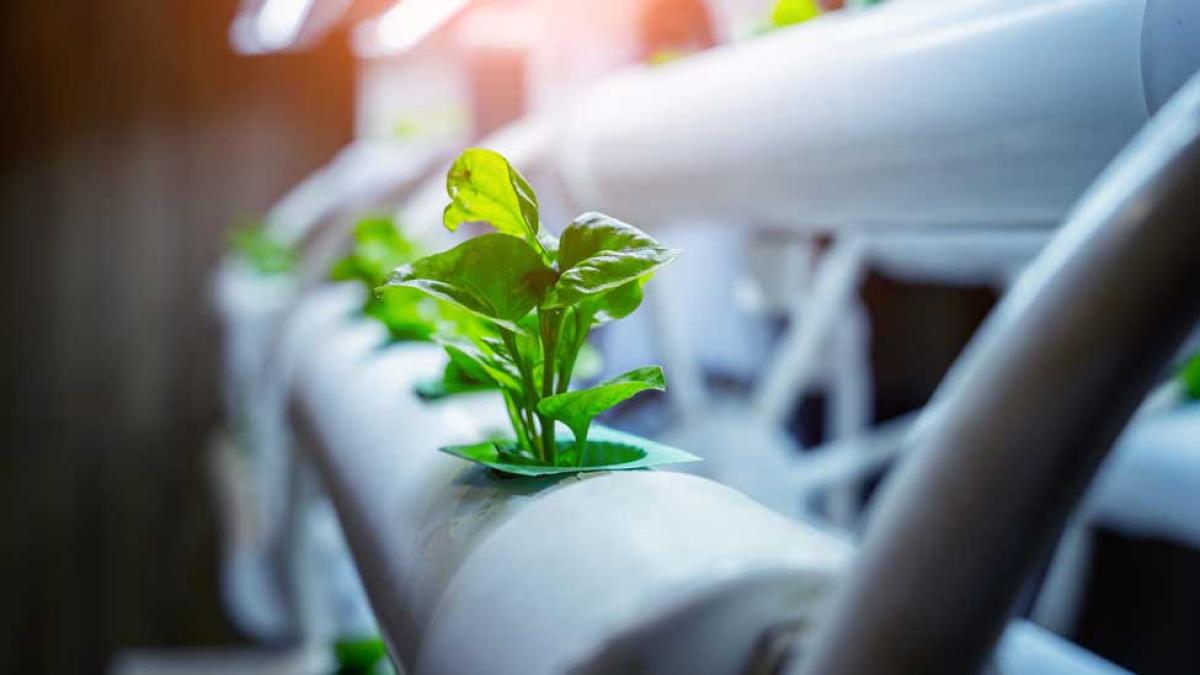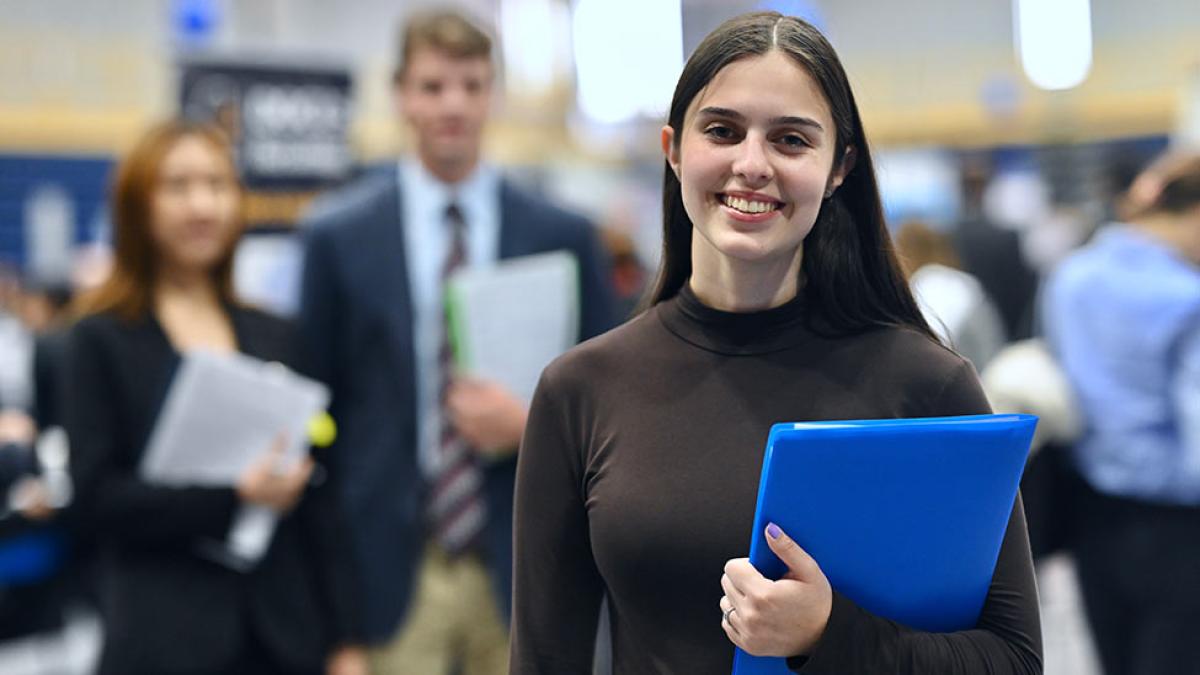Saloni Pasad has taken advantage of everything Seidenberg’s Human Centered Design program has to offer; including working with the NYC Design Factory, earning her a trip to Switzerland to explore how today's technology can provide tomorrow's food.
Remediating a Major Public Health Problem

Methamphetamine contamination within homes has been a growing issue in the United States. Because producing methamphetamine is by nature highly illegal, it’s produced in what are known as “clandestine labs”—generally in homes, motel and hotel rooms, garages, and even cars. And whenever methamphetamine is cooked, it creates an expensive and hazardous mess; one that could be a nightmare for anyone unknowingly spending time in a contaminated building.
Dyson College Assistant Professor of Chemistry and Physical Sciences Karen Caldwell, PhD, has been conducting research pertaining to this problem for nearly a decade; a subject she first became interested in after recognizing the nature of the problem in her hometown community.
“I’m from upstate New York. I was looking at the local newspaper where I’m from near Binghamton, and Senator Schumer was having a press conference at a house that had just been condemned,” she recalled. “There had been a big law enforcement bust of people in the house who had been illegally making methamphetamine.”
She noted that at this time, New York was one of 25 states where it was not required that sellers of property disclosed that the building had previously been used for that purpose—despite the fact that a home contaminated by methamphetamine requires remediation that can cost well over $100,000.
“When someone cooks meth, a lot of things end up everywhere. The residues from production, not only the drug. For every pound of meth produced, there are five or six pounds of hazardous waste produced.”
Exposure to this hazardous waste has been known to cause respiratory issues, possible central nervous system issues and skin infection, and is particularly harmful to young children. Given these issues, Caldwell made it her mission to delve into the existing literature and protocols surrounding methamphetamine remediation in hopes of better understanding the scope of the problem and how to better educate individuals dealing with a meth contaminated space.
“From a practical standpoint, is there a better way to remediate these interior buildings? That’s the genesis of the project. In my reading I noticed there were not many chemists who had been working on the fundamental problem of what causes things to be easier/not easy to clean from any surface.”
From a practical standpoint, is there a better way to remediate these interior buildings? That’s the genesis of the project.
Thus began a research project that has now spanned nine years, through which Caldwell has worked with seven different undergraduate researchers. Biochemistry major Morgan Amos ’25 is one of Caldwell’s current researchers, who after learning about her professor’s work after taking her organic chemistry class, connected with Caldwell through the Center for Undergraduate Research Experiences (CURE).
“During our class last year, she showed us what her research was about,” says Morgan. “I hadn’t done research in chemistry-based, only computationally through an internship. I thought it’d be really cool to get used to chemistry-based research, and I asked if I could research with her through CURE.”
Alongside student co-researcher Anna Acevedo ’24, Morgan has been reading existing literature, and coming into the lab to experiment with solutions through use of a model test compound. As Morgan and Caldwell note, their focus is to develop a quality control test to better understand the ways in which molecules interact with porous and non-porous surfaces.
“We’ve been coming into the lab and have been running a lot of UV specs as well as creating different solutions to help with the cleanup process that we’re going to eventually get the data we’re looking for,” says Morgan.
“The key thing is to develop a good control experiment,” adds Caldwell. “If you know how much material you’re putting down in terms of the number of molecules, grams, or micrograms, can you get it all back up from a surface that should not absorb any; like glass, or metal. That’s where we are right now.”
Ultimately, Caldwell hopes that this ongoing research will result in academic recognition through publication (in which all her student researchers will be recognized as co-publishers), and on a real-world level, to develop higher quality, practical, and more cost-effective means of dealing with this issue, that would potentially be patent-able. Caldwell and her team would ultimately hope that these patent-able products could be available to remediators (meth remediation is generally serviced by companies that perform mold, asbestos, and lead remediation), or perhaps even develop a direct-to-consumer option—something that may help better educate the general population, which as Caldwell notes, is also of the utmost importance.
For both students and professor, the project—and the spirit of research fostered by Pace—has been a considerable highlight of their Pace experience.
“I really enjoy research and am hoping to pursue a PhD,” notes Morgan. “This has helped me get experience of being in an actual lab doing research, having to think of things that will help the rest of our protocol for the future. It’s been great gaining the experience of what it means to be a researcher, and what that time and commitment looks like.”
“The continuing research has kept my own intellectual life alive,” says Caldwell. “I am so grateful do the University and to Professor Maria Iacullo-Bird and the Center for Undergraduate Research for all of the support through all of these years.”
More from Pace
Ever wonder how Pace graduates consistently outperform the national employment average? It's all about starting early and making the most of Career Services. Check out our recent employment stats and get quick tips on getting career-ready.
Serving as a peer leader, resident assistant, and volunteer, Psychology major Charlotte MacNeal's diverse experiences and mentorship roles have shaped her journey. With internships in MedTech and impactful research on intergenerational trauma, she credits the supportive faculty and plans to pursue a career in consulting for MedTech companies upon graduation, offering insightful advice to current students.


